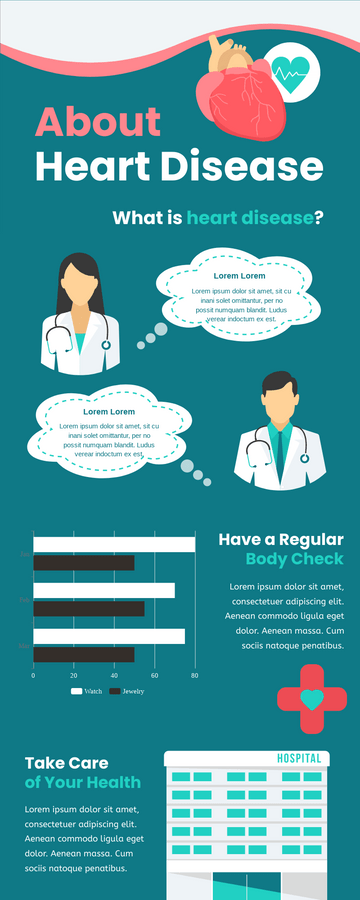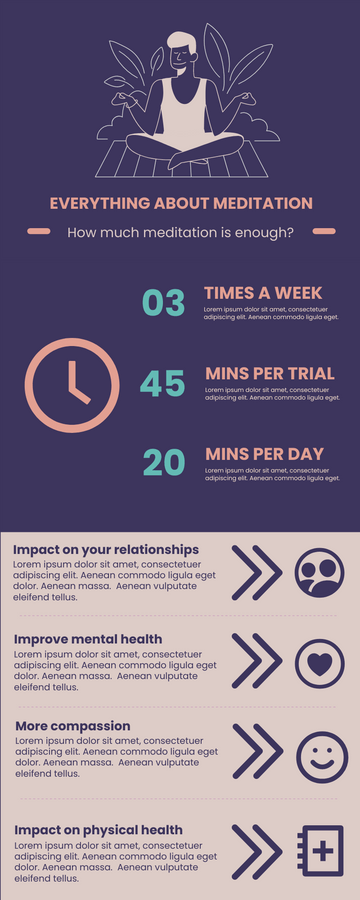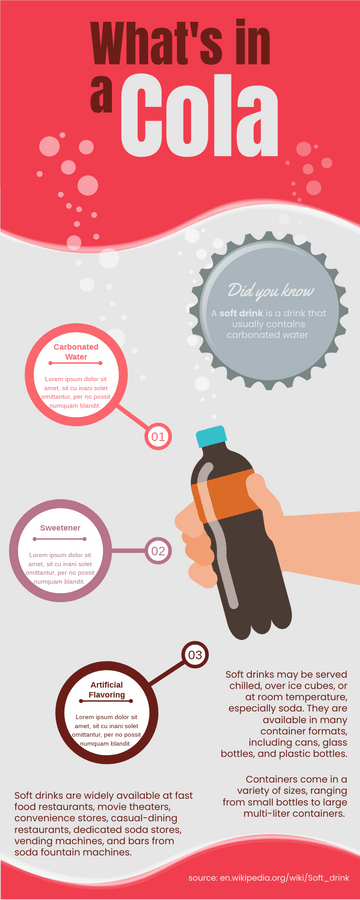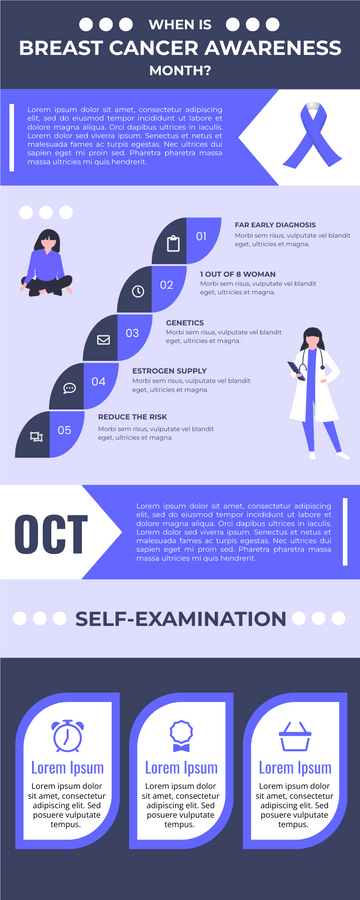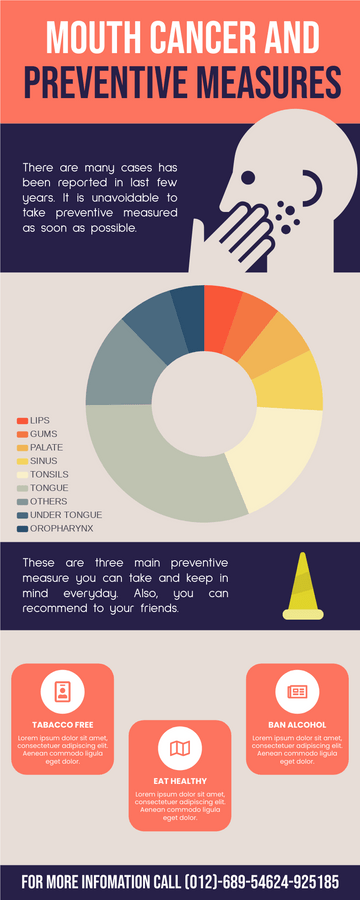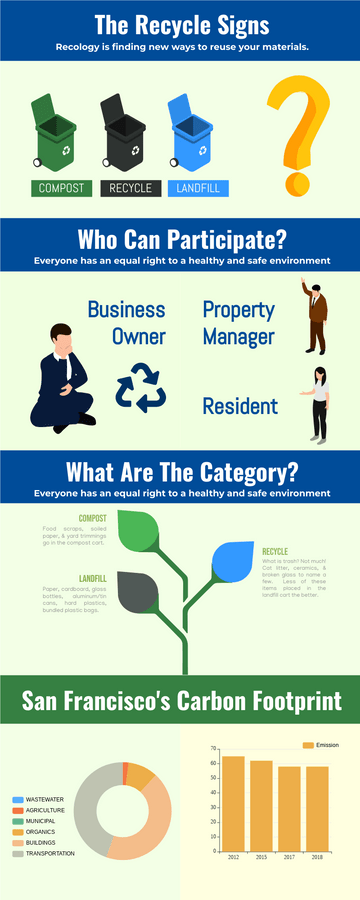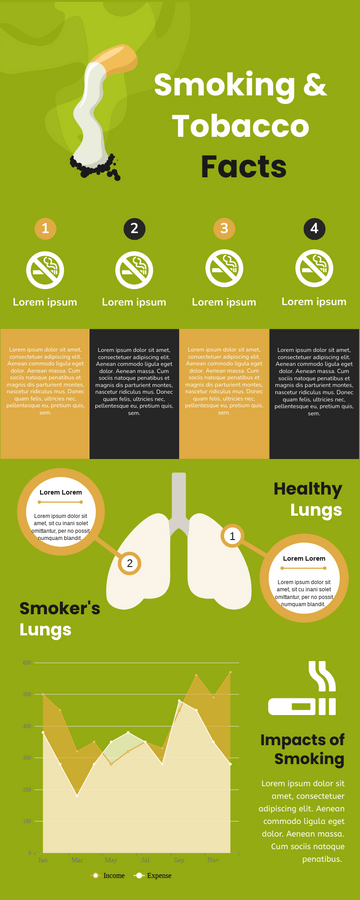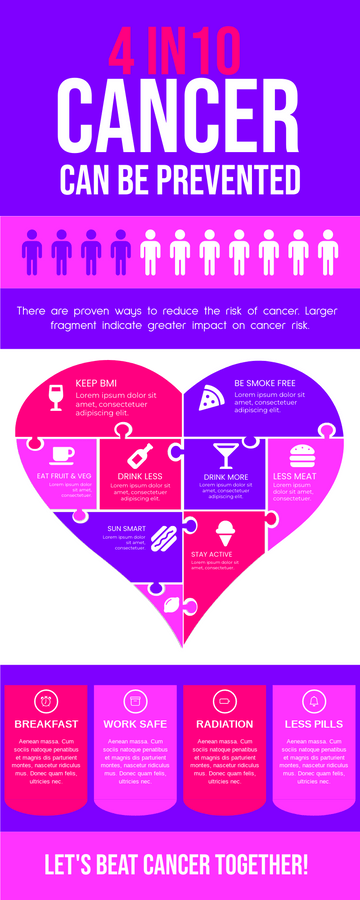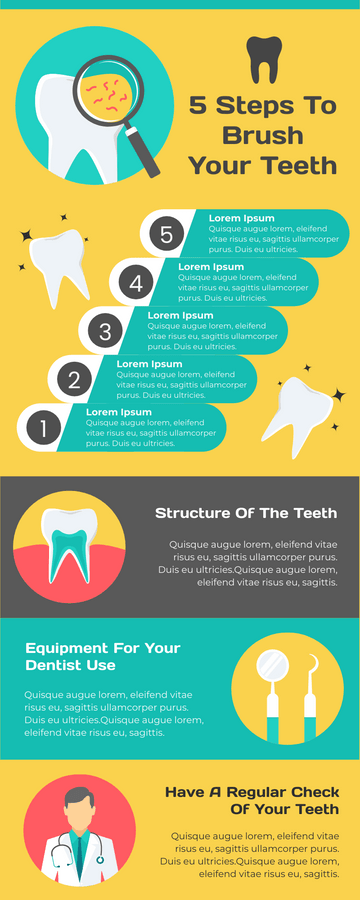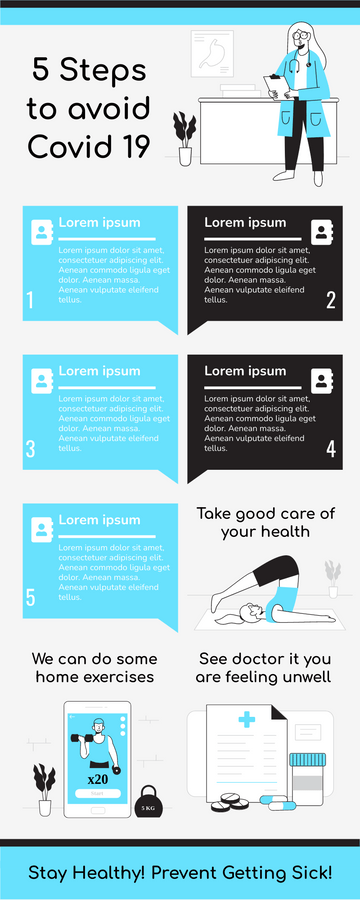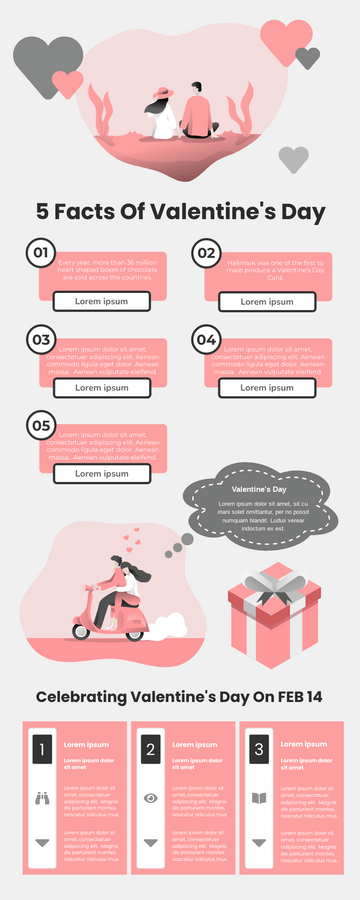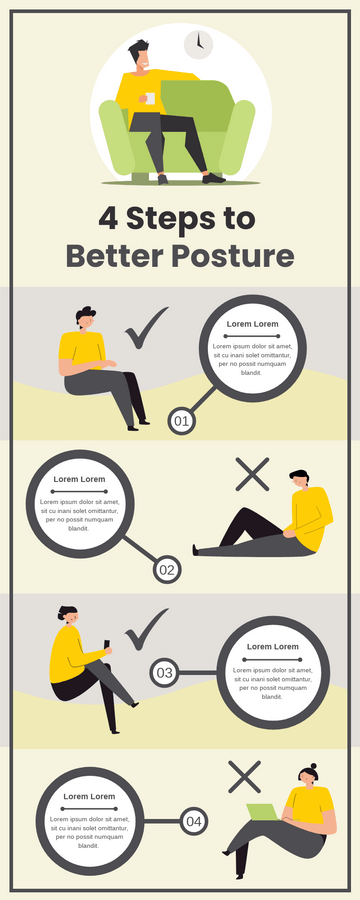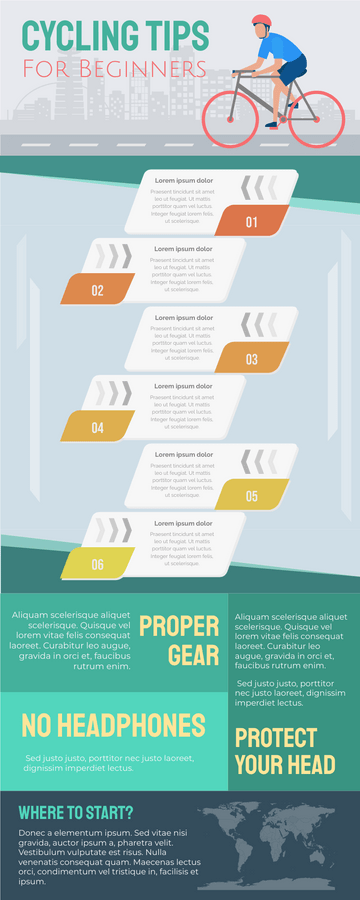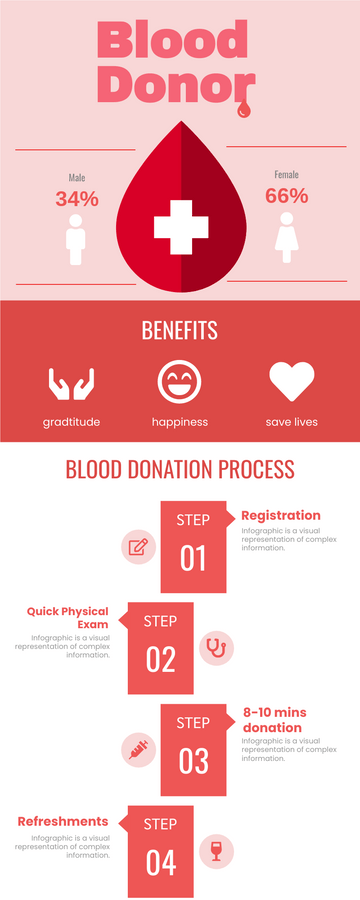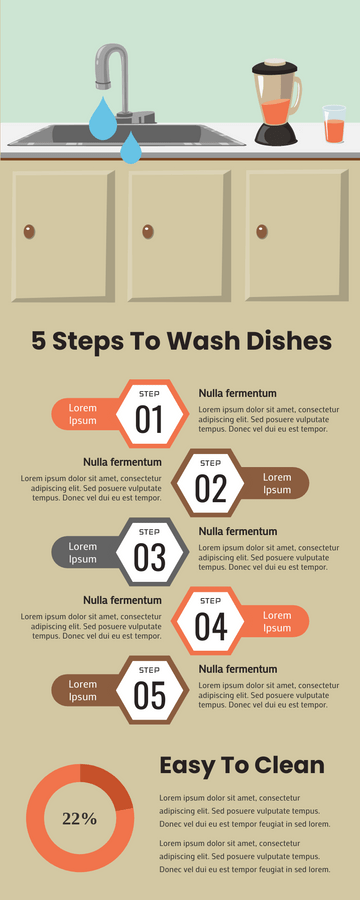About Heart Disease Infographic
"Heart disease" refers to a series of diseases related to the heart. Coronary heart disease is a major contributor to mortality among different types of heart disease. The disease occurs when layers of cholesterol accumulate in the lining of coronary arteries and narrow the lumen of the arteries. This process reduces the blood supply to the heart muscle and causes exertion chest pain called angina.
What are the Symptoms of Heart Disease?
Symptoms vary according to the type of heart disease. For many people, chest discomfort or a heart attack are the most common symptoms the first sign.
A person who has had a heart attack may experience several symptoms, including:
Chest pain or discomfort that does not go away after several minutes.
Pain or discomfort in the jaw, neck or back.
Weakness, dizziness, nausea (feeling upset in the stomach) or cold sweating.
Pain or discomfort in the arm or shoulder.
Shortness of breath.
Can It be Prevented?
There are several steps you can take to reduce your risk of heart disease:
Don't smoke
Maintain a healthy weight
Eat a healthy diet
Exercise regularly
Prevent or treat other health conditions, especially high blood pressure, high cholesterol and diabetes

